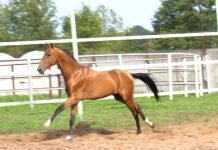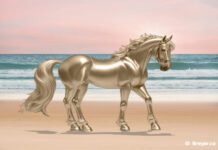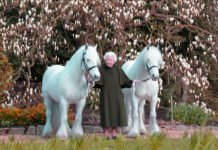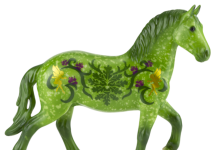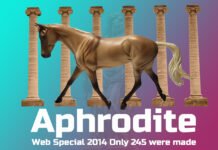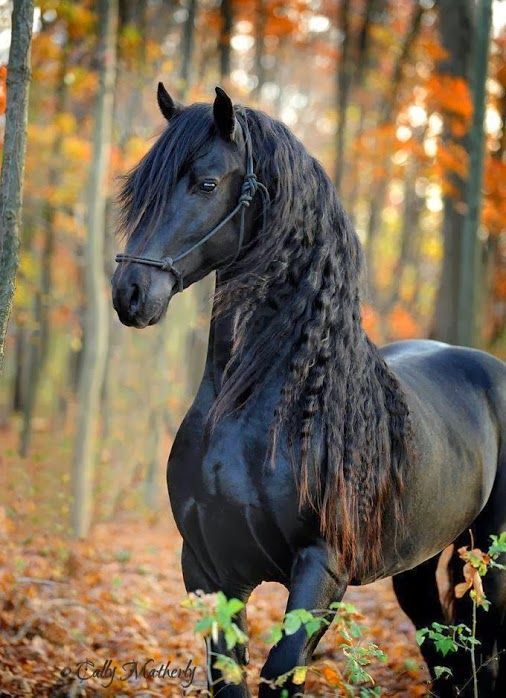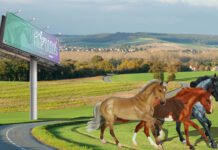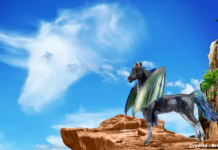It’s a crisp, autumn day. The sun is shining and a light wind is blowing. You tack up your horse and decide that today is a perfect day for a ride. You both hit the trail and head up through the woods with the sound of crunching leaves beneath the hooves of your mount.
You are relaxed and enjoying the ride when suddenly you notice your horse’s ears have pricked forward and one moves sideways. You feel the muscles beneath you tense up and you immediately become attentive to whatever it is your horse may have detected, but you both can’t visually see it yet.
This is what we call our five senses and our horses have them, too. Horse senses, though, are much more powerful than that of humans. They play a huge role for the rider who is aware and in sync with their horse. Horses can tell us many things before they happen just through their senses. This is why I am always so tuned into my mount’s every move and action whenever I am riding.
Let’s take a closer look at these super horse senses. Horses may seek shelter because they know of an approaching storm before there is a dark cloud in the sky. They can sense an approaching car before it comes into sight. They react to danger even before you know it exists, like a bear on the trail ahead.
Horse senses are sight, sound, touch, smell and taste just like us. In the animal kingdom, the horse’s wide, expressive eyes are among the largest, even bigger than those of an elephant! They sit far apart on either side of the horse’s head making their peripheral (side) vision almost perfect when their head is down grazing. This helps them to see any approaching danger while they are eating, but when their head is up, that peripheral vision isn’t quite perfect, giving them two blind spots. One blind spot is directly behind a horse and that is why it is so important to place your hand on the horse’s rump and stay close if you are working behind him so you don’t risk getting kicked. The second blind spot is directly in front of his face, up close.

Their sense of smell is highly developed and it helps them in their everyday lives. They can recognize people, places and other animals through smell. They have even been trained to follow scents to their sources and find missing persons!
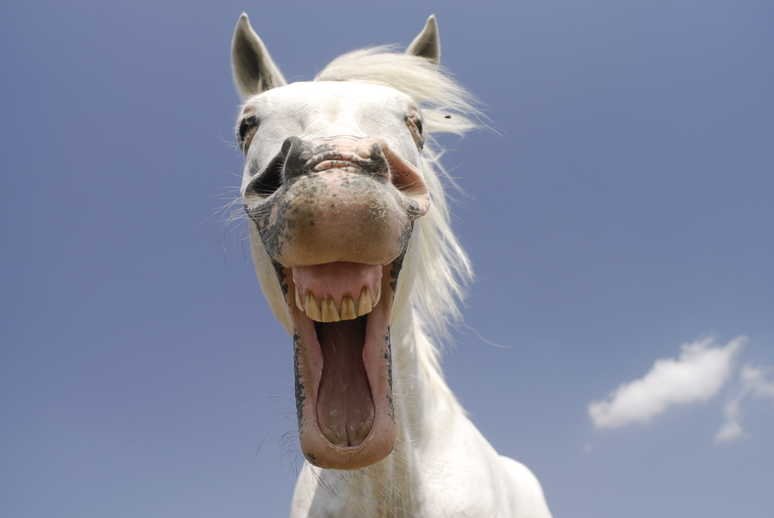
The sense of taste in horses has not been studied much, but we do now that they like sweet and salty foods over bitter and sour ones. Like us, a horse’s sense of taste and smell are closely connected. Together, they keep horses from eating poisonous plants or drinking tainted water.

Touch is very sensitive to a horse. They know that a gentle rub on the nose, a pat on the neck or a firm pat on the rump means something and they understand these touches are caring ones.

Finally, there’s the sense of hearing. Horses can hear higher-pitched noises than we can and they can hear sounds from greater distances. They rotate their ears to pick up sounds coming from different directions. For instance, when you are riding, your horse may cock one ear back to listen to your voice and the other ear will remain forward to hear what’s coming. Because their hearing is so sensitive, they are often frightened by loud and sudden noises.
Now that you know a little bit more about horses and their senses, the next time you get up onto the back of one, use your horse sense. It is a part of safe riding and it could just save your life and the life of your horse.



